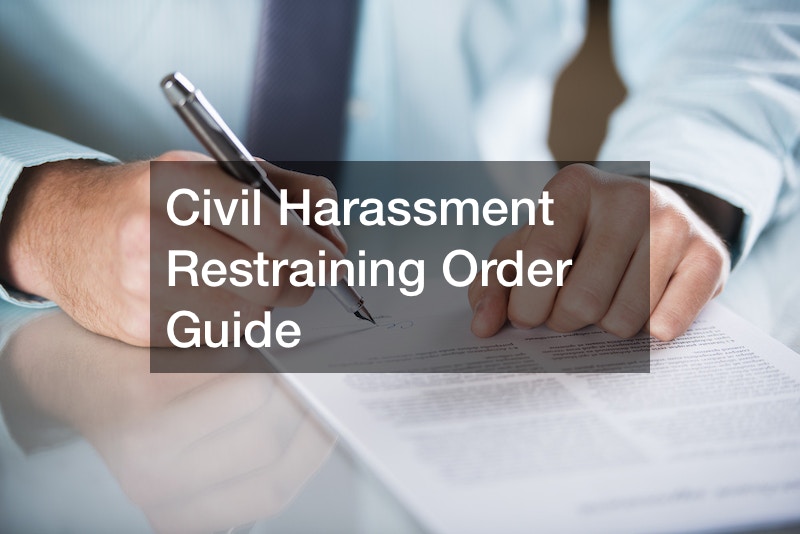
In today’s complex legal landscape, individuals facing harassment may seek protection through a Civil Harassment Restraining Order (CHRO). If you’ve received notice of a contested hearing for a CHRO, it’s crucial to understand the process and what to expect in court.
Understanding Key Terms:
Firstly, let’s clarify basic legal terms related to CHRO proceedings. The person seeking protection is known as the petitioner, while the individual the restraining order is against is termed the respondent.
A contested hearing provides the respondent with an opportunity to object to the restraining order, allowing both parties to present their cases before a judge.
Preparing for Court:
Dress appropriately for the court hearing, opting for clean and conservative clothing. Arrive at least 30 minutes early to navigate security, find parking, and possibly speak with witnesses. While a sheriff’s deputy is usually present, you can confirm their attendance beforehand. Having a domestic violence advocate or supportive friends and family members with you can offer emotional support during the challenging process.
Courtroom Etiquette:
Maintain proper courtroom etiquette by avoiding distracting attire or behaviors. Be polite, stand when addressing the judge, and refer to them as “Your Honor.” Always speak the truth during the hearing.
Presenting Your Case:
To secure a CHRO, the petitioner must demonstrate three key elements: the right relationship with the respondent, recent physical, verbal, or sexual abuse, and an imminent danger of future harm. Providing detailed and organized testimony is crucial. Describe incidents, including dates, locations, injuries, and any involvement of law enforcement.
Witness Testimony:
Having witnesses testify can strengthen your case. Prepare a list of questions for them, emphasizing details of incidents and any visible impact. Letters from witnesses are generally not admissible, so having them present in court is essential.
Evidence Presentation:
In addition to testimony, supporting evidence such as photos, text messages, emails, and medical records can be presented. Bring three copies of any evidence for yourself, the judge, and the respondent.
Cross-Examination:
Be prepared for cross-examination by the respondent or their attorney. Answer questions truthfully, avoiding arguments or speculation. Focus on maintaining composure during this process.
Judge’s Decision:
Following the presentation of evidence, the judge will make a decision. Possible outcomes include maintaining the CHRO as is, modifying it, or dismissing it. If the CHRO is maintained, always carry a copy for immediate enforcement by the police if needed.
Reporting Violations:
In case of CHRO violations, promptly report them to the police. Law enforcement is obligated to act if the order is breached. Maintaining records of violations, even if not reported immediately, is advisable.
Conclusion:
Understanding the intricacies of the CHRO process is vital for those seeking protection from harassment. This guide aims to demystify the court proceedings associated with obtaining a Civil Harassment Restraining Order, offering a roadmap for individuals navigating this challenging legal terrain. Remember, seeking professional legal advice and support can further enhance your ability to navigate the complexities of the legal system and secure the protection you need.
.




